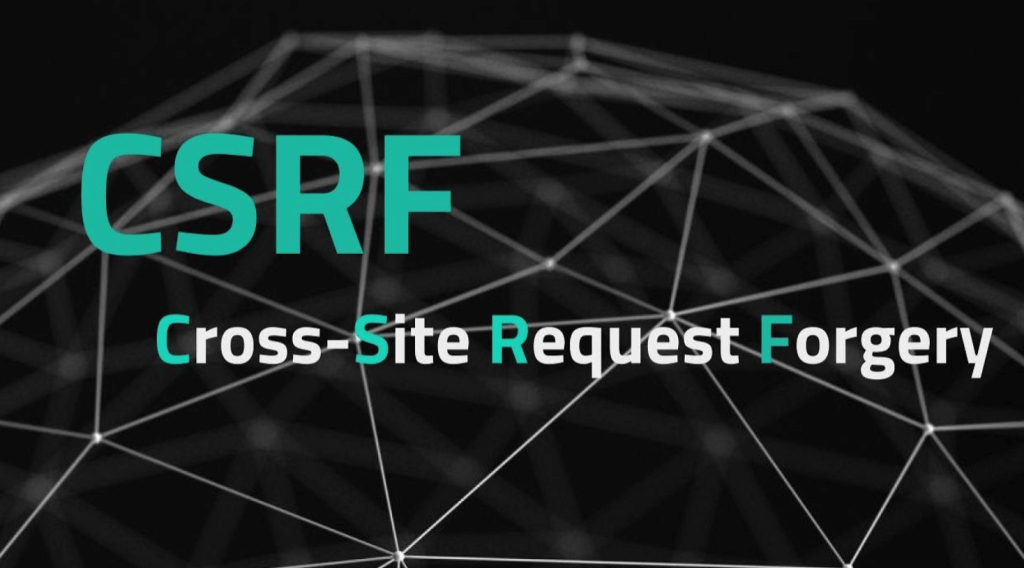Introduction
In the world of web security, CSRF, or Cross-Site Request Forgery, is a term you should be familiar with. CSRF is a type of cyber attack that can lead to unauthorized actions on web applications, often without the victim even realizing it. In this article, we will explore what CSRF is and, more importantly, how to protect yourself and your web applications from this threat.
What is CSRF?
CSRF, short for Cross-Site Request Forgery, is a security vulnerability that allows attackers to trick users into performing actions on web applications without their knowledge or consent. Here’s how it works:
- User Authentication: The victim is usually logged into a web application (e.g., an email account or a social media site) at the time of the attack.
- Malicious Request: The attacker sends a malicious request to the web application on behalf of the victim. This request can perform actions like changing the victim’s password, making purchases, or even transferring funds.
- Automatic Submission: The victim’s browser automatically sends the malicious request because it believes the request is legitimate. This is due to the victim’s existing authentication session.
- Attack Success: The attacker’s request is executed on the victim’s behalf without their knowledge, leading to potentially harmful consequences.

How to Avoid CSRF
Now that we understand what CSRF is, let’s explore how to prevent it:
- Use CSRF Tokens: One of the most effective ways to prevent CSRF attacks is by using CSRF tokens. These are unique, random tokens generated for each user session. The web application includes this token in every form or request. Upon receiving a request, the server checks if the token matches the user’s session. If not, the request is rejected.
- Same-Site Cookies: Implement the Same-Site attribute for cookies. This attribute restricts cookies to be sent only with “same-site” requests, reducing the risk of CSRF.
- Double-Submit Cookies: In addition to session cookies, you can use double-submit cookies. The value of this cookie is also included in the request as a header. The server then compares the cookie value with the request header, ensuring they match.
- Anti-CSRF Frameworks: Consider using anti-CSRF frameworks and libraries available for your web application framework. These frameworks often simplify CSRF protection mechanisms.
- Educate Users: Educate your users about the risks of clicking on suspicious links or opening attachments from untrusted sources. Awareness can go a long way in preventing CSRF attacks.
- Security Headers: Implement security headers like Content Security Policy (CSP) and X-Content-Type-Options to further enhance your web application’s security posture.
Conclusion
In the realm of web security, CSRF is a threat that cannot be ignored. Understanding what CSRF is and how it works is crucial, but equally important is taking proactive steps to prevent it. By implementing CSRF tokens, same-site cookies, double-submit cookies, and leveraging anti-CSRF frameworks, you can significantly reduce the risk of falling victim to CSRF attacks. Stay informed, stay vigilant, and keep your web applications and users safe from this prevalent cyber threat.
